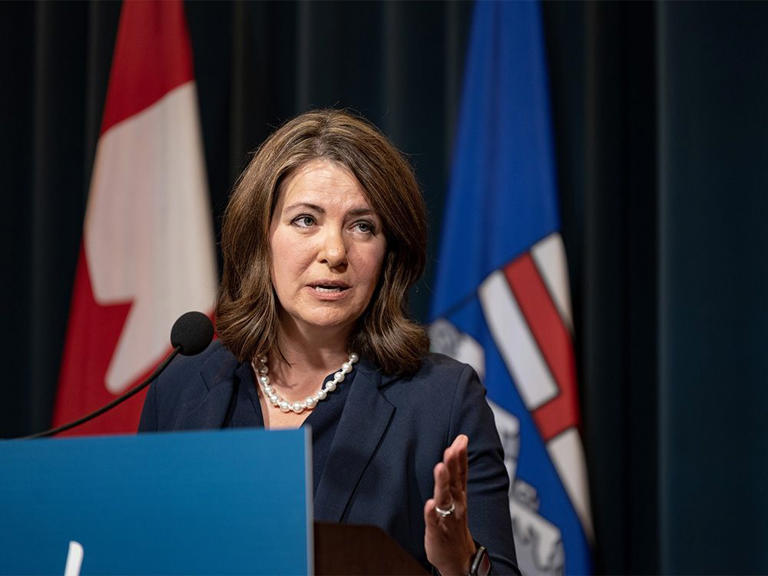THE WAR OVER THERE COMES HOME
Riot act read in Edmonton after anti-Eritrea clashes in Edmonton
The political tensions of northeastern Africa spilled over at several locations in Edmonton Saturday, prompting the riot act being read and tactical teams responding in order to break up fights at a cultural gathering, soccer tournament and musical event. Slav Kornik explains what happened
EPS respond to a riot at event promoting world peace
Edmonton Journal Aug 19, 2023 Soccer for peace event cancelled, two groups clash on field, Edmonton tactical unit responds.





























